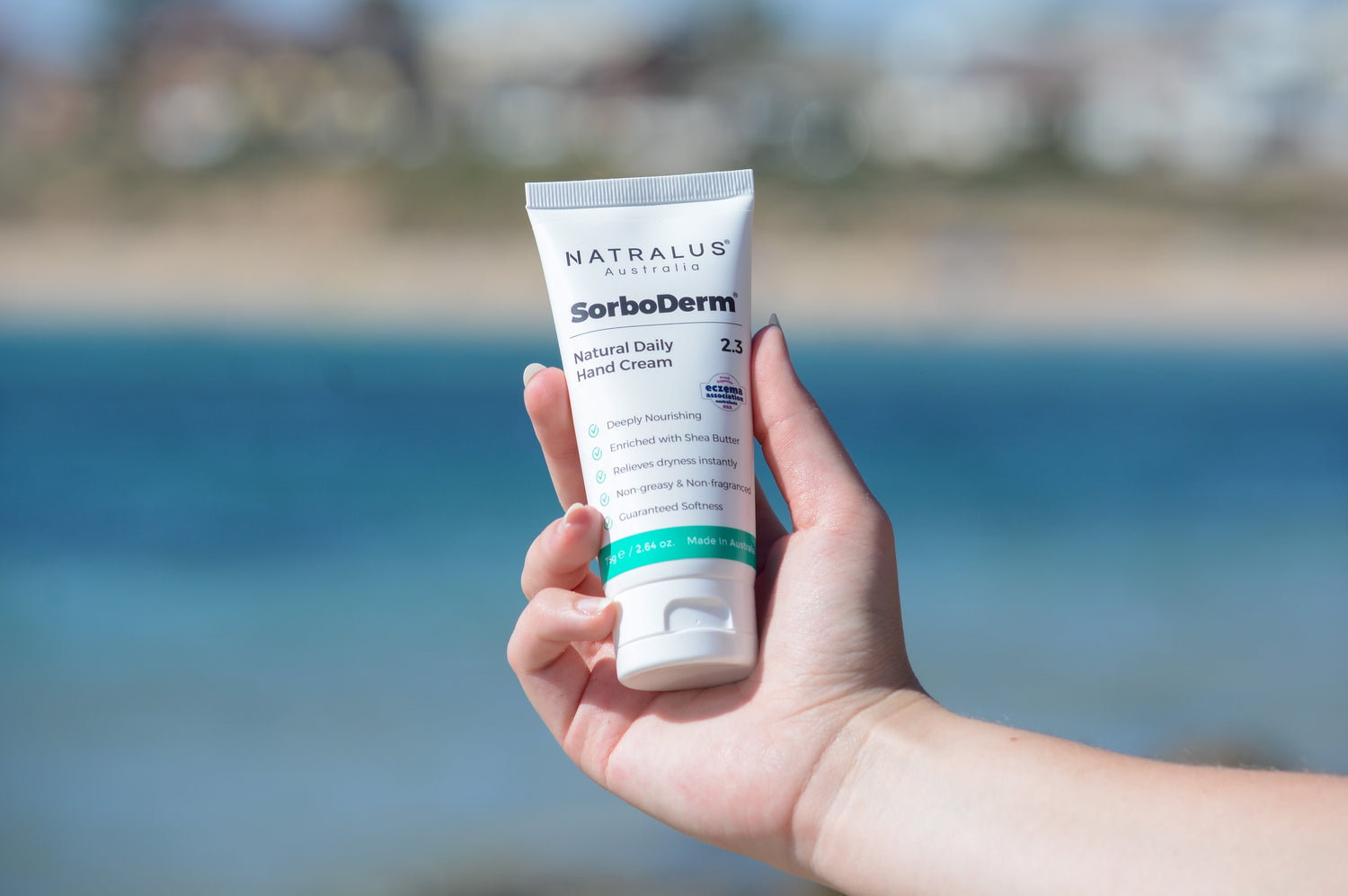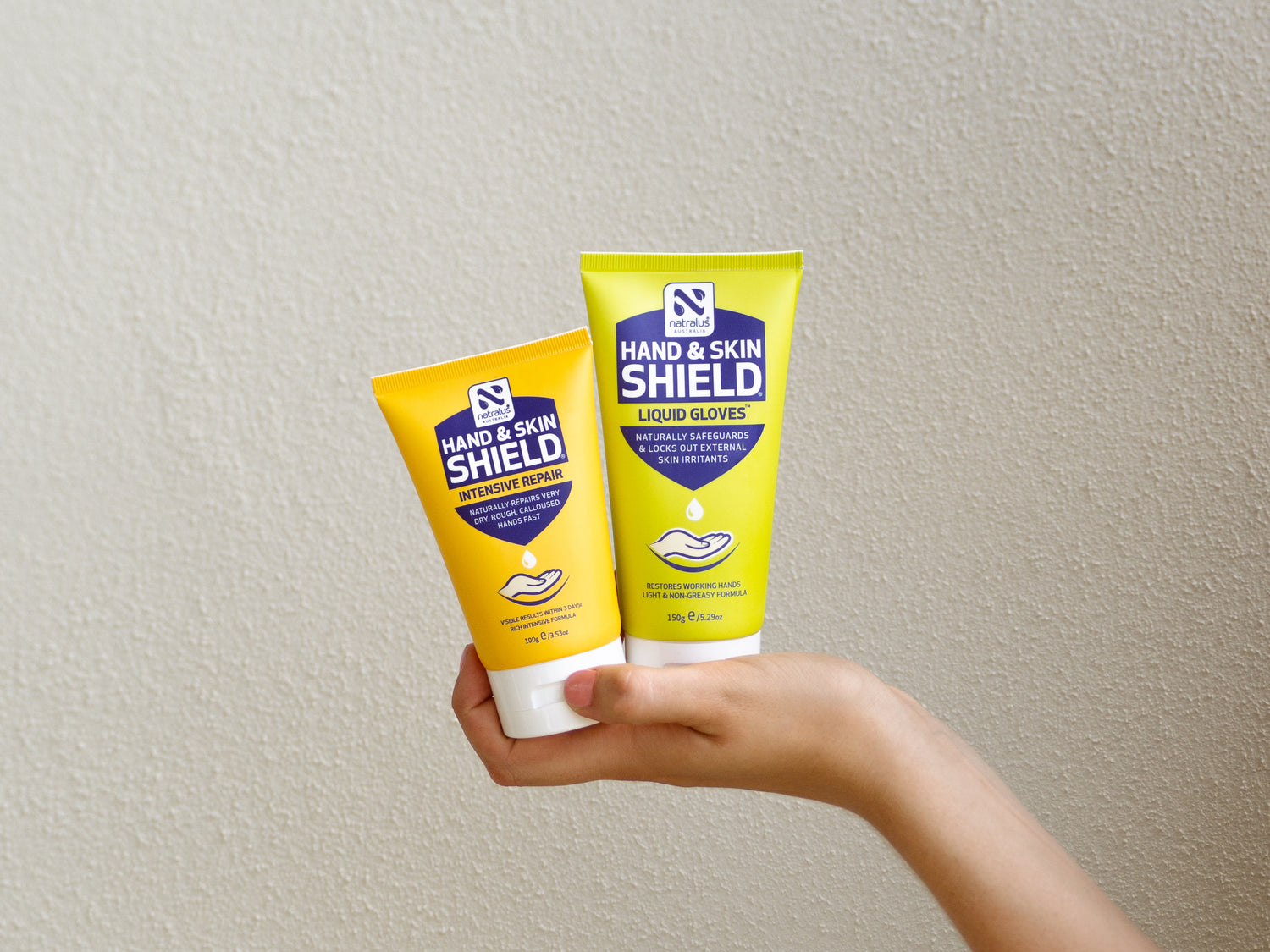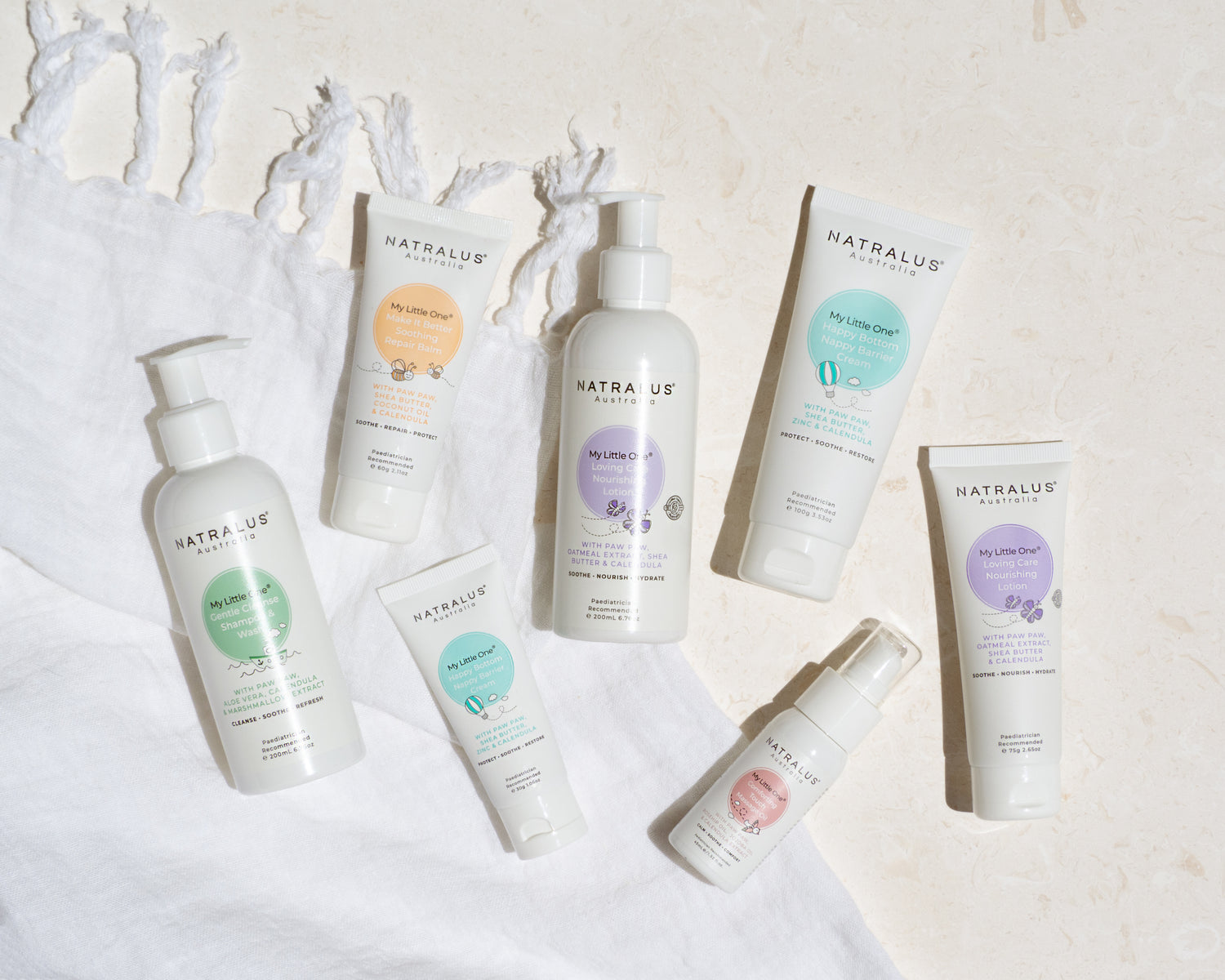If you have combination skin, some parts of your face will be oily while others are dry. In order to take care of combination skin, it's important to develop an consistent skincare routine and use a range of products suited to your skin type. While combination skin can be confusing because you're dealing with oily skin and dry skin at the same time, the team at Natralus have a number of tips to help you better understand combination skin and how to take proper care of it.
What is combination skin?
Combination skin means you have more than one skin type in different parts of your face. It can be oily skin in some parts of your face and flaky or dry skin in others. For instance, the T-zone, (chin, nose, and forehead) can be oilier. This occurs because the oil-producing glands of your skin are highly concentrated in the T-zone. If your skin has both dry and oily parts at the same time, you most likely have combination skin. Here is a 7-step guide we have put together to help you take care of your combination skin.
1. Apply a gentle cleanser
Taking care of combination skin requires you to start with a gentle, mild, and water-soluble cleanser. We recommend that before you purchase any cleanser, you check the ingredients label to check for any nasties and try to stick to natural skin care brands. Make sure to use the cleanser twice every day; in the morning and at night, before bedtime. Apply it on your face gently and dry your face with a towel by patting rather than rubbing.
2. Balance with a toner
After cleansing, use a non-irritating toner that contains a healthy mixture of skin-replenishing ingredients and antioxidants to nourish and restore the optimal pH levels of your skin. Look for a well-formulated toner to help hydrate dry skin and lessen greasiness at the same time without making dry areas drier and oily areas oilier.
3. Moisturise with an oil-free product
Having combination skin should not be the reason you are not moisturising your skin. Similar to SPF, every skin type needs hydration. Choose an oil-free moisturiser with antioxidant and skin-replenishing and restoring ingredients. They help to calm skin, reduce excess oil on the surface of the skin, and improve dry areas as well as areas around the eyes. Make sure the moisturiser you use will not increase the amount of grease in your T-zone. Our Naturalus Essential Paw-Paw Ointment is an organic Paw paw product with no petroleum that helps to replenish moisture, hydrate, and nourish your combination skin.
4. Exfoliate once or twice a week
Exfoliating your skin once or twice every week can help to stop dead skin cells and excess oils from clogging your pores, which can lead to breakouts. This is an important step in the skincare routine for anyone who has combination skin. However, exfoliation can irritate dry skin. So, opting for gentle natural skin care products with natural exfoliants, such as finely ground sugar or apricot kernel, is the solution. In addition to this, you should avoid the delicate skin around the eye area and make sure that you do not over-exfoliate. Give yourself some time to figure out the amount of exfoliation that works best for your combination skin.
5. Avoid touching your face
Touching your face involuntarily can be hard to stop but if you have combination skin, you better learn how to stay away from the habit. You do not want the invisible dirt on your hands to be transferred to your face and get your pores clogged.
6. Use blotting pads to correct oily areas
Dermatologists recommend that you carry blotting pads in your purse in order to use for absorbing excess oil during the day. Using blotting pads is the best way to keep your skin’s oil-prone areas looking fresh and matte throughout the day, without irritating any dry patches. Besides, you have to use the pads very gently.
7. Apply broad-spectrum sunscreen
Using broad-spectrum sunscreen is ideal for all skin types, including combination skin. Your skin needs adequate broad-spectrum sunscreen with an SPF value of either 15 or higher. If the moisturiser you are using does not contain SPF, then you should use sunscreen every day and all year round to prevent signs of aging from being visible on your skin. However, using a moisturiser that contains SPF is better.
In addition, it is imperative to avoid staying in the sun if you do not apply SPF protection. You do not want UV rays to damage your skin and cause wrinkles, fine lines, and then dark spots. Remember that spending less time in the sun is good for your skin.
8. Use a face mask
It is ideal to use a face mask to take care of your combination skin. Multi-masking makes it even better. Multi-masking is when you apply different types of face masks to different parts of your face as a way of applying different solutions to different issues generated by your combination skin.
Using natural skin care products is the best way to take care of your skin irrespective of whether it is combination skin, dry skin, oily skin, or UV damaged skin. You can easily access our wide range of dermatologist-approved natural skin care products in small Australian enterprises. These balms, washes, cleansers, and moisturisers we use and also provide to our customers contain organic compounds and essential oils that come from Australian producers.
Our friendly team is readily available to help you choose the best organic skin care products according to your skin type and condition. Contact us with any questions or concerns about your needs and we will happily serve you.





